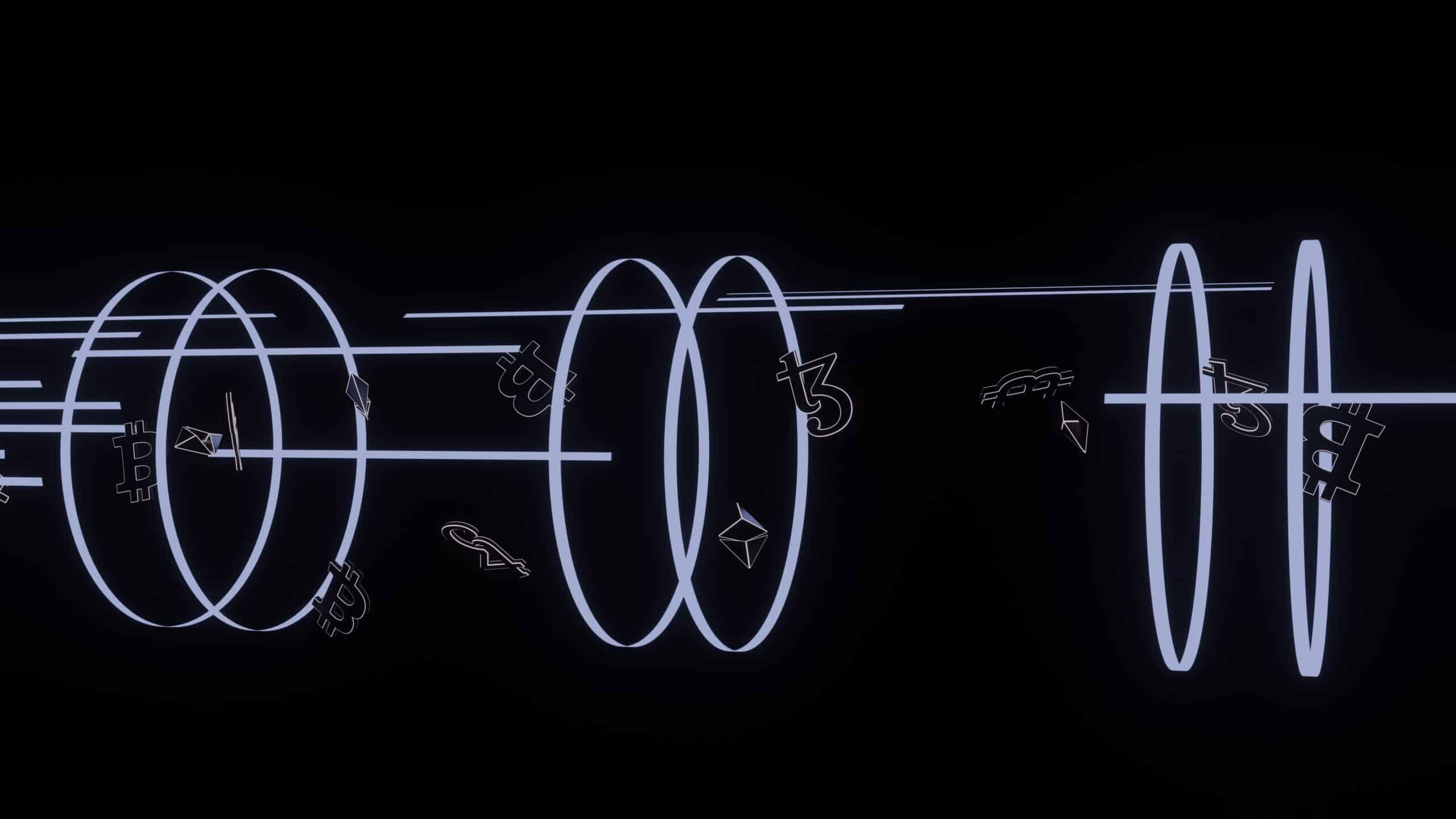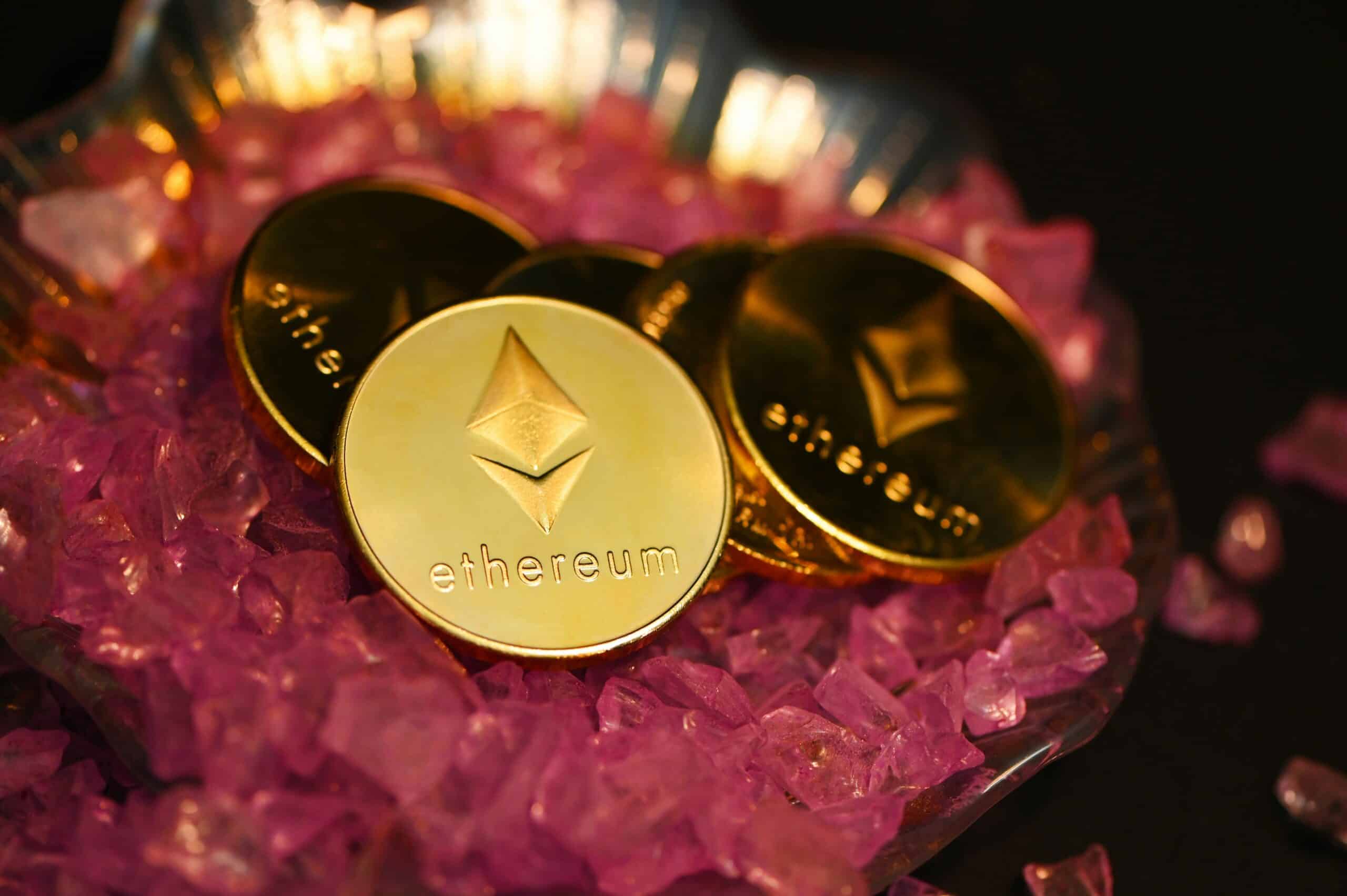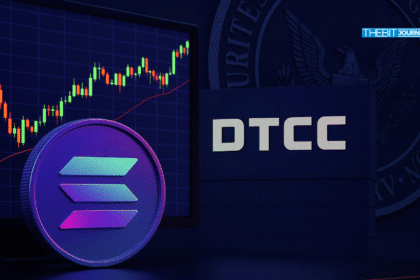Eigen Labs has reportedly introduced a notable update to its EigenLayer protocol that is expected to improve user experience and increase rewards for restakers. According to a crypto update from September 4, this upgrade is dedicated to making native Ether (ETH) restaking on EigenLayer more efficient and rewarding.
This overhaul allegedly brings more streamlined functionality to EigenPods, the platform’s smart contracts for restaking Ether on Ethereum’s Beacon Chain.
“EigenPod users can now complete a checkpoint to restake their Beacon Chain ETH rewards on top of their existing EigenPod balance,” Eigen Labs elaborated. “Beacon Chain rewards are automatically restaked back into EigenLayer, enabling restakers to earn additional rewards.”
Modifications to EigenPods
According to sources, the company has made multiple improvements to its user interface, turning it more accessible and smooth for clients. This enhanced process is expected to improve how users harvest or reinvest their staking rewards. This is done to make the platform more attractive to those interested in increasing their earnings through restaking.
Restaking comprises acquiring tokens that have already been staked with a validator, earning rewards, and then using them to get more protocols at the same go. This gives a chance for users to secure rewards across several platforms. The outlet reportedly has around $11.5 billion in total value locked (TVL) and is dominating the increasing trend of decentralized finance.

EigenLayer and AVSs
EigenLayer plays an integral part in backing several “actively validated services” (AVS), which are protocols that are secured using restaked ETH through EigenLayer’s platform. Leading AVSs backed by EigenLayer include EigenDA, Lagrange State Committees, and the ARPA Network.
EigenDA, EigenLayer’s data availability protocol, was the first AVS to be introduced on the platform and reportedly boasts the top rank. It is presently secured by approximately 3.5 million restaked ETH from over 123,000 users, according to sources.
In August, EigenDA reportedly increased its support for restaking to include not just ETH but also tokens from layer-2 scaling networks and EigenLayer’s native EIGEN token. This modification opens up avenues for teams to restake their ERC-20 tokens, which can then be utilized to acquire custom quorums for their rollups, hence giving improved security for rollup users.
“Teams can now restake their ERC-20 token to secure a custom quorum for their rollup, unlocking stronger security for rollup users and token yield for token holders,” said Eigen Labs in an August 26 post on X.
Growing Restaking in the Industry
Despite being in its initial stages, an increased number of users are getting drawn to the potential advantages of restaking. However, there is still some uncertainty in terms of yields and potential risks in the long run.
Mike Silagadze, the CEO of Ether.fi, a liquid restaking protocol discussed having a guarded approach towards the future of restaking. On August 13, he stated the potential issues that restaking networks could come across in future, sources report.

“The only way this makes sense long term is if restaking networks get customers, and those customers, directly or indirectly, pay money for the services that these other restaking networks provide,” Silagadze noted. “But on the flip side, I think it’s inevitable.”
What Does the Restaking Future Hold?
With the deployment of this notable revision, EigenLayer is supposedly committed to making major strides in decentralized finance, growing the use of restaking and improving its platform to curate a smooth experience for its users. This might lead to more people taking leaps of faith to solidify EigenLayer’s place in the market.
In summary, EigenLayer’s recent modification showcases a major advancement in the restaking industry. By bringing improved flexibility, enhanced user experience, and additional earning opportunities, the market gets ready for a wider adoption of restaking protocol across the decentralized finance space. Learn more with TheBITJournal.





























